Notes from Zanzibar; Communicating science workshop
Bill Dennison ·The workshop in Zanzibar was organized by a group of Swedish and African scientists. The role of our Integration and Application Network Science Communicators Kate Bentsen and Jane Hawkey, working with Guiseppe DiCarlo from Conservation International and myself, was to develop some training exercises and to produce a couple of science communication newsletters in a collaborative manner with workshop participants. The original planning was set for around 30 scientists from Sweden and East Africa. But the numbers swelled to 70 several weeks prior to the workshop, thus we added Science Communicators to account for the increased class size. Then at the last minute, we learned that we were going to also have around 20 villagers from three coastal regions of Tanzania. Thus the total course size was around 90 people from a large variety of backgrounds. The villagers attended the first two days, and provided their perspective of having scientists work in their regions. They generally encouraged research, particularly when it could be applied to developing livelihoods to villagers, but strongly requested that researchers keep them informed before, during and after the research (in Swahili).
On the third day, Guiseppe, Jane, Kate and I provided an introduction and examples of science communication, and then played 'conceptionary', a game we use to introduce conceptual diagrams. Following a rollicking round of 'conceptionary', we broke into natural science groups and social science groups to scope out various East African coastal issues. We began to develop some story lines and mocked up storyboards so that we could produce science newsletters.
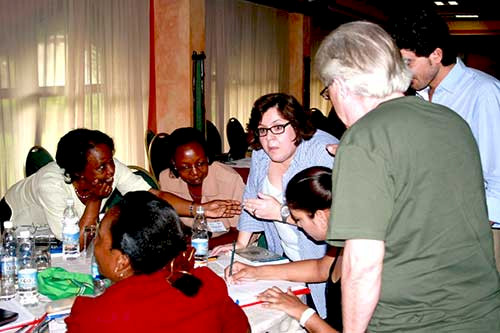
On the fourth day, there was a field trip to see the Jozani Chwaka Bay National Park. We toured the mahogany dominated tropical rain forest, watched the red colobus monkeys feeding, walked through a mangrove boardwalk and visited a holding pen with sea turtles. We also met with the community members who work collaboratively with the Park staff. It was clear that to obtain a sustainable system of protection and environmental education, a collaborative partnership with the local community was essential.
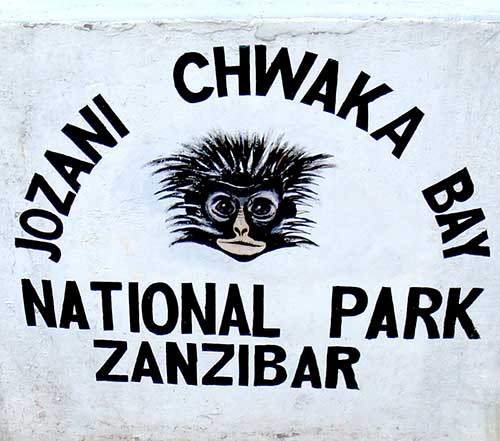
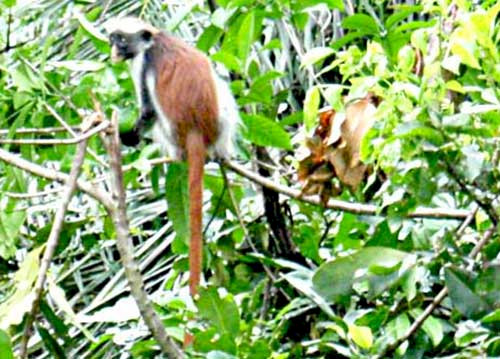

We also visited a coastal village where seaweed farming was conducted and we walked out at low tide to see the seaweed. We also saw the drying seaweed in the village, being prepared for sale to the carrageenan market (a food additive used as a thickener). We had lunch on the east coast of Zanzibar with a spectacular view of the tide flats before heading back to the workshop venue.
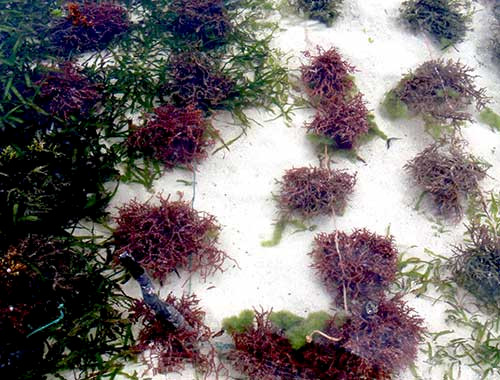
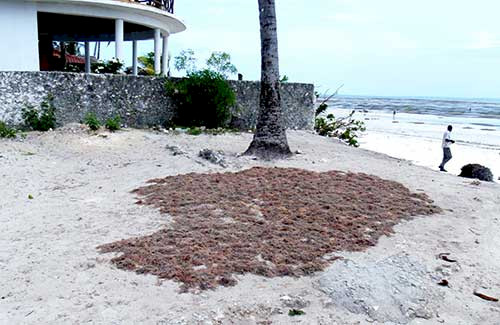
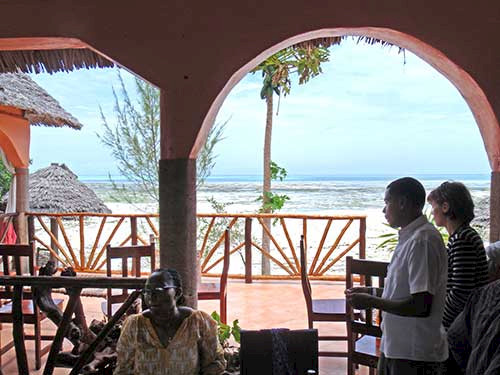
On the fifth day of the workshop, we finalized the draft science newsletters, discussed the lessons we learned about science communication and ended the workshop, followed by a wonderful outdoor dinner with music and dancing under the palm trees. It was an appropriate ending to our immersive learning experience about the relationship between Zanzibar's natural resources and the fascinating culture (a blend of African and Arabic influences).
On the day after the workshop, Jane Hawkey, her husband John Schroeder, Kate Bentsen and I toured the island in a rental car, stopping at a fishing village on the western shore where the dhows were landing and fresh tuna and swordfish carried up to the fish market. Our car battery died (it was bone dry), so we had to organize to borrow a charged battery to get our car started. The commotion attracted a large, friendly crowd, but we were soon on our way again. The vistas of tide flats with the graceful dhows sailing along were spectacular, and we had lunch watching the sailors gliding in with the flooding tide. Unfortunately, I had to begin my long journey home, but I had the advantage of being able to fly to Nairobi with several Swedes, including Professor Nils Kautsky, who first came to Zanzibar in the 1970s.
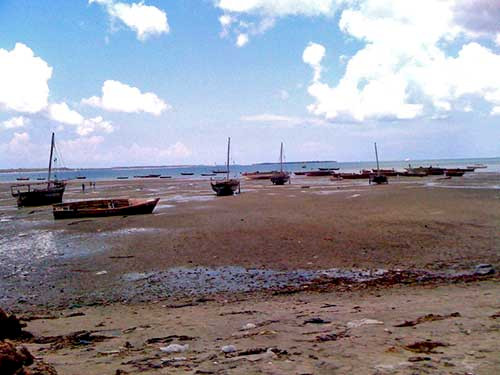
This is the third post in a series about IAN's participation in the IFS/WIOMSA workshop: "Science outreach: reflections and tools for communication of research results".
Other posts in this series:
1. Traveling to Zanzibar
2. Notes from Zanzibar; arrival
4. Zanzibar seems like a dream
About the author
Bill Dennison

Dr. Bill Dennison is a Professor of Marine Science and Vice President for Science Application at the University of Maryland Center for Environmental Science.

